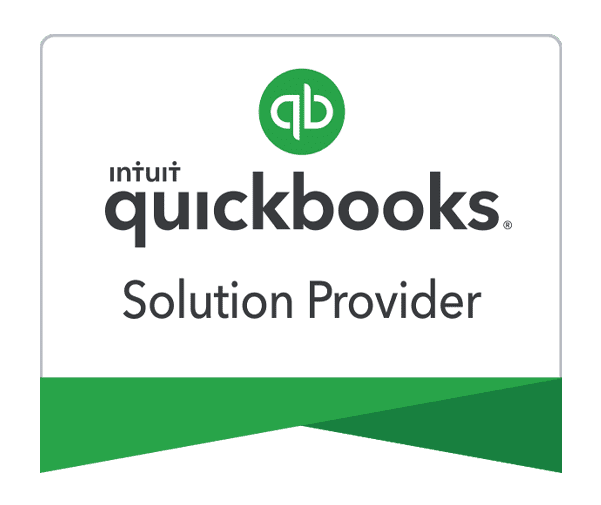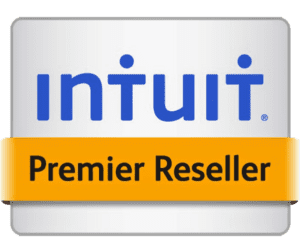Frequently Asked Questions
Is there a version of QuickBooks Enterprise for wholesale and distribution?
Yes. QuickBooks Desktop Enterprise has an industry edition built for wholesale and distribution. All versions of QuickBooks Enterprise Desktop come with the wholesale version included and it can be easily turned on or changed from within the help menu. The Enterprise Wholesale and Distribution Edition allows you to manage purchasing, distribution, inventory, and sales order fulfillment as well as streamline order management with apps like Shopify, Amazon, or WooCommerce. Additionally, you can use mobile barcode scanning (included in the Platinum and Diamond subscriptions) for picking, receiving, and cycle count inventory updates and track project costs with landed cost calculations, and track all your vendors in one place. You can see all the built-in features included in this edition by clicking here Many wholesale companies combine this industry edition with the payroll and time tracking features included in QuickBooks Enterprise Diamond to create a full solution that automates everything in one package. To learn more about Diamond Enterprise, click here. If you have questions on the Enterprise Wholesale and Distribution Edition or anything else related to QuickBooks Enterprise, just give our experts a call at 866-949-7267 and we can help. If you would like to try QuickBooks Enterprise free for 30 days, just click the free trial link below, and we will send you a full-access copy so that you can test drive it for yourself.Is there a way to automate data entry in Advanced Inventory?
Yes, features like barcode scanning and automatic data transfer from sales orders to purchase orders help automate data entry.Is there customer support available for Lightspeed POS?
Yes, Lightspeed POS offers customer support through multiple channels, including phone, email, and live chat. They also provide a knowledge base and training resources for users.Is there customer support available for Lightspeed Restaurant POS?
Yes, Lightspeed Restaurant POS offers customer support via phone, email, and live chat. Additionally, they provide a comprehensive knowledge base and training resources.Is there customer support available for Lightspeed Retail POS?
Yes, Lightspeed Retail POS offers 24/7 customer support via phone, email, and live chat, along with a comprehensive knowledge base and training resources.Is training required to use Lightspeed POS?
While Lightspeed POS is designed to be user-friendly, training can be beneficial, especially for businesses with complex needs. Lightspeed offers training resources and support to help users get the most out of the system.Is WooCommerce and QuickBooks integration available for both QuickBooks Online and QuickBooks Desktop?
Yes, both QuickBooks Online and QuickBooks Desktop versions can be integrated with WooCommerce, but the setup process may vary. QuickBooks Online tends to be easier to integrate with WooCommerce through plugins, while QuickBooks Desktop may require additional configuration or third-party services.




